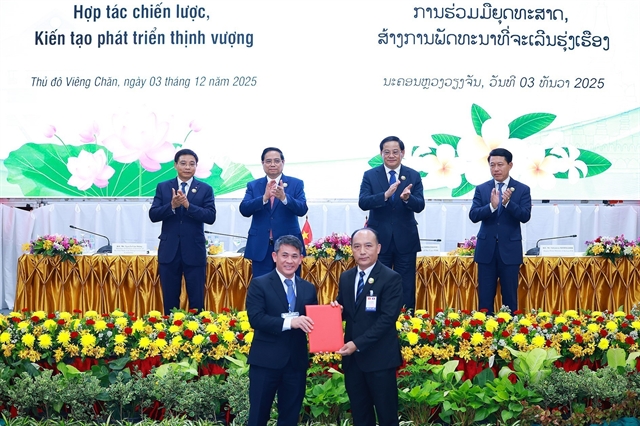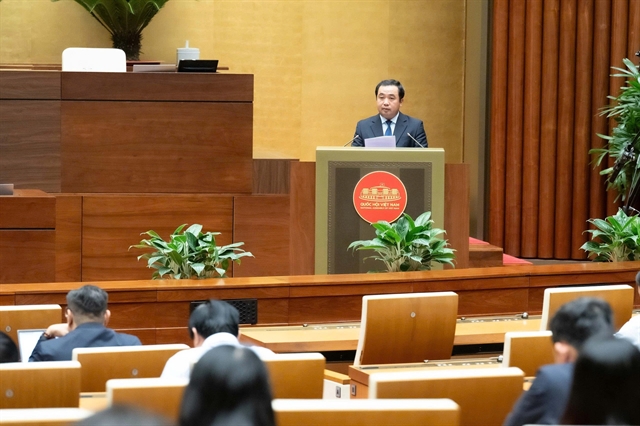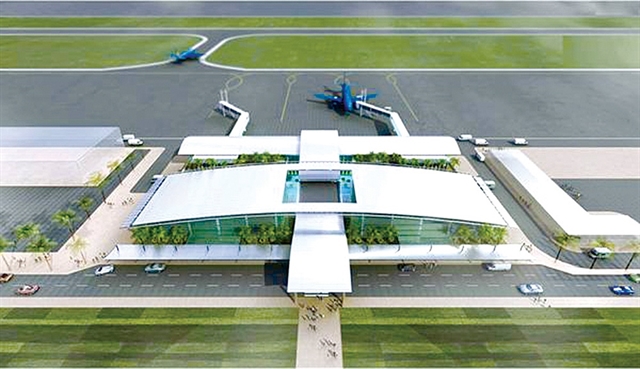 Economy
Economy

The Ministry of Transport has approved a plan to build an airport in Sa Pa in the northern mountainous province of Lào Cai.

|
| A mock-up of Sa Pa Airport in the northern mountainous province of Lào Cai.—Photo baogiaothong.vn |
HÀ NỘI — The Ministry of Transport has approved a plan to build an airport in Sa Pa in the northern mountainous province of Lào Cai.
Construction is scheduled to start this year and will be completed in 2021.
The project is worth VNĐ5.9 trillion (US$254 million), including VNĐ 3.09 trillion ($133 million) from the State budget, VNĐ910 billion ($39 million) from the local budget and about VNĐ 1.77 trillion ($76.2 million) from the private sector.
The decision was recently signed by Deputy Minister Lê Tuấn Anh. Under the project, the airport will be used for both civil and military purposes and will be located in Cam Cọn Commune, Bảo Yên District.
It will be built following 4C standards set by the International Civil Aviation Organisation. 4C means comfort, convenience, cleanliness and customer services.
The airport will have a runaway of 2,400 metres long and 45 metres wide. It also will have the potential to extend the runway to 3,050 metres in 2030 if necessary.
The apron will be able to handle a maximum of nine Airbus A320, Airbus A321 or the equivalent.
The passenger terminal will have two levels for departures and arrivals. There will also be room to build another passenger terminal and a cargo terminal after 2030 if necessary.
In the short term, all cargo will be handled at the passenger terminal.
There will be a six-lane road connecting the Nội Bài – Lào Cai Expressway to the airport.
Đặng Xuân Phong, chairman of the People’s Committee of Lào Cai, said it was estimated that nearly 4.2 million of tourists visited the province in 2018, about 21 per cent more than 2017.
The number of visitors was expected to reach about 5 million this year, he said.
The main customers for Sa Pa Airport are predicted to be tourists from across the country, and China’s Yunnan and Kunming provinces.
Sa Pa is a small, mountainous town. It is located about 350km northwest of Hà Nội. Sa Pa welcomes a diverse range of visitors, attracted by the highland tribes, iconic rice paddies and forest treks. — VNS




